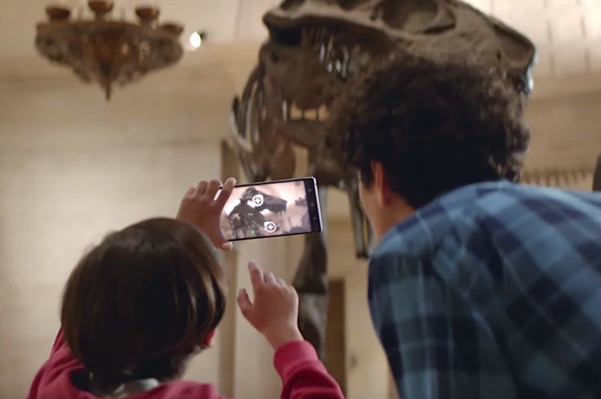At the Google news conference last week, UploadVR interviewed Johnny Lee, the technical director of Google Tango. Tango is a technology that solves the problem of letting mobile devices know where they are. According to Lee, the technology is also the key to solving the emerging virtual reality industry, enabling wireless virtual reality heads to track "from the inside out."

We have already solved this problem. “Lee points to the Lenovo Phab 2 Pro smart phone based on Tango technology. “You can clearly see the 'inside out' location tracking feature on this phone... we even used the tablet-sized device with Tango features.†In a custom VR headshot, the location tracking it achieves is in line with what you see. The only thing that really hampers us is the amount of heat the phone generates. For now, if we let the mobile phone run the location tracking function at the frame rate of 90fps, the mobile phone can easily get hot... With the maturity of Daydream and the improvement of Tango technology, the location tracking in the next 2~3 years will be further developed. .
When asked when it was possible to see a consumer version of the VR headset with this feature, Lee declined to comment.
Nikhil Chandhok, Tango's product director, agrees with Lee's remarks that Tango's "inside out" position tracking for VR is possible, but there are still obstacles that need to be overcome.
We let it try to run, we can use the six degrees of freedom of "inside out" position tracking, we can do it now. But there are some problems we need to solve first. For example, how do we get people to walk around safely and freely?...VR is much more use case than we are doing now. However, there will be more interesting use cases in the future.
Today's high-end virtual reality systems Oculus Rfit, HTC Vive, and PlayStation VR all use "outside in" location tracking technology. This means that they all need to place some kind of camera in the room to provide space tracking capabilities. Without these external components, the VR experience can only be limited to four positions, up and down, like Google Cardboard or Samsung Gear VR.
"Inside-out" location tracking allows virtual reality to be truly wireless and develop incredibly powerful use cases. It is the "holy grail" of virtual reality scenarios, and most mainstream companies want to use it to compete for the world's first wireless location tracking headline market. At this year's Oculus Developers Conference, Oculus presented a VR all-in-one, code-named "Santa Cruz," which also enables "inside-out" position tracking. Microsoft also announced a new cable VR headset last week, with the same tracking technology as HoloLens. Qualcomm and Intel are also a few companies that try to solve this problem.
Programmable Power Meter,Network Power Analyser,Remote Terminal Unit,Smart Gateway
Jiangsu Acrel Electrical Manufacturing Co., LTD. , https://www.acrel-factory.com